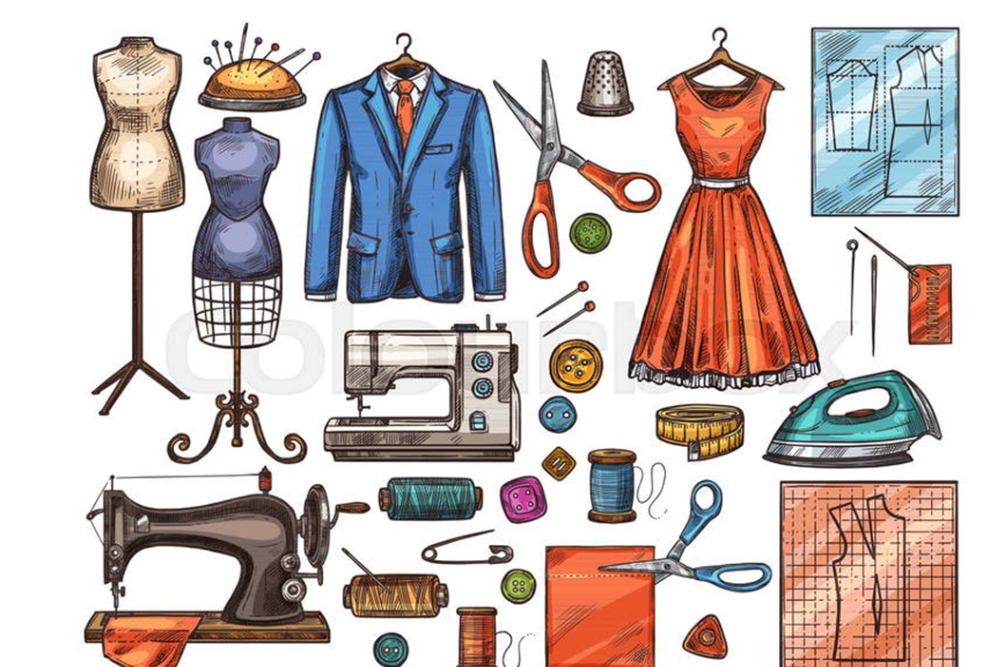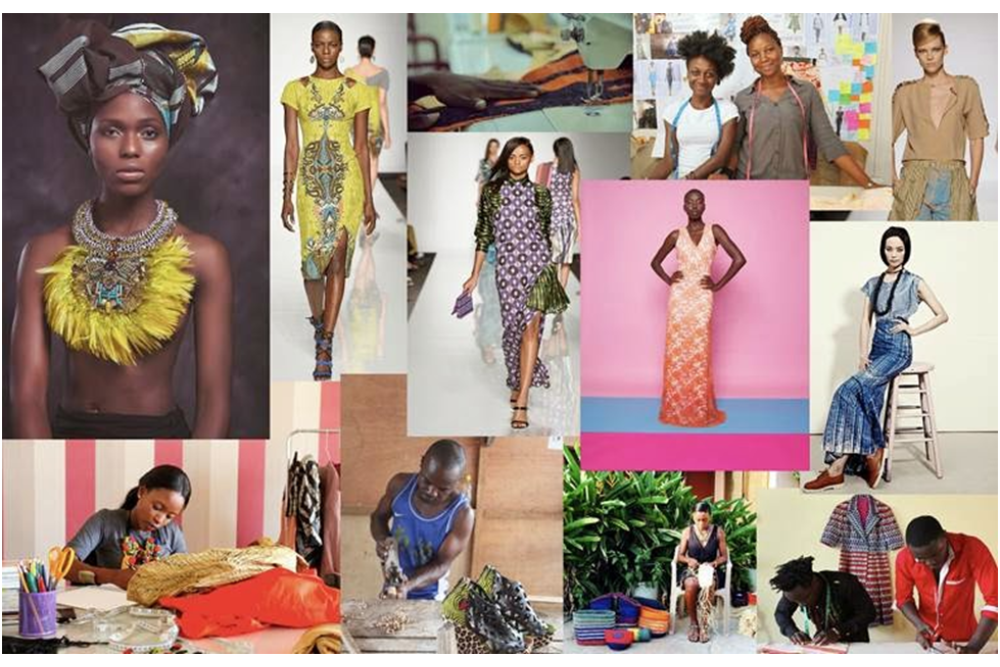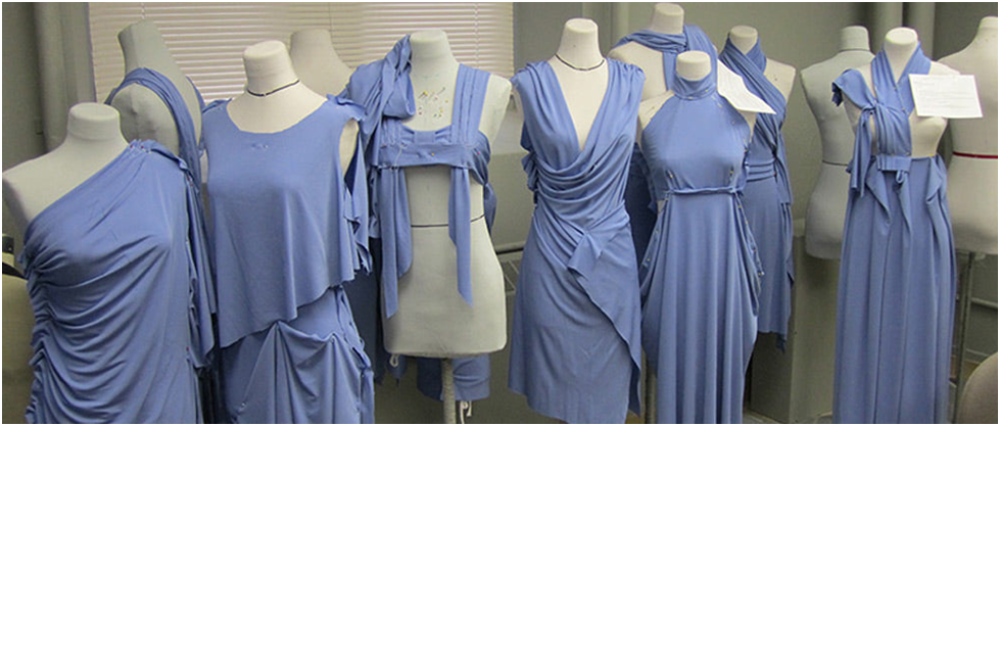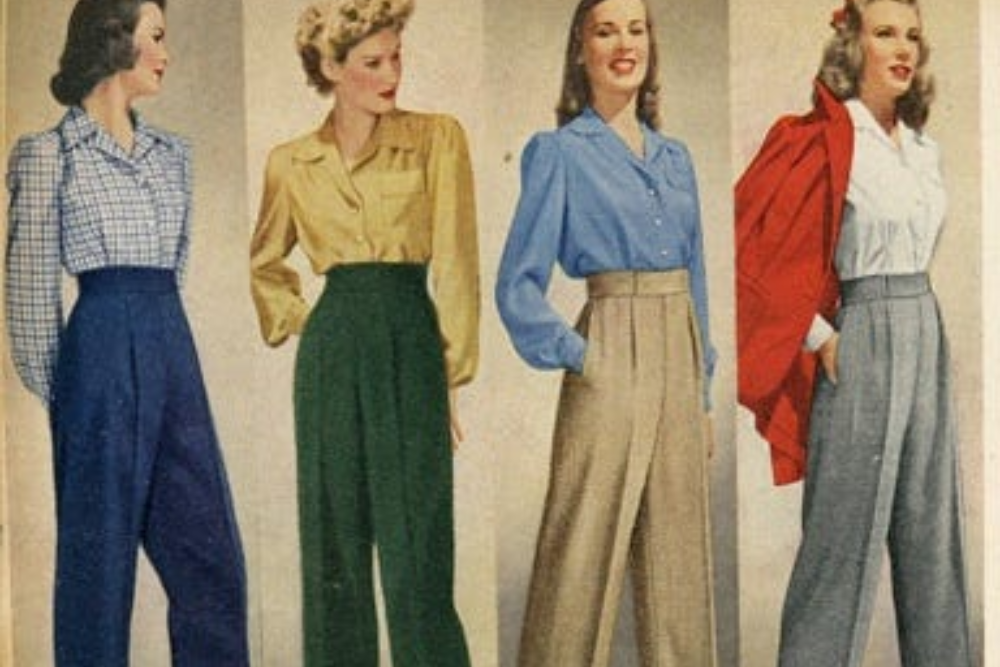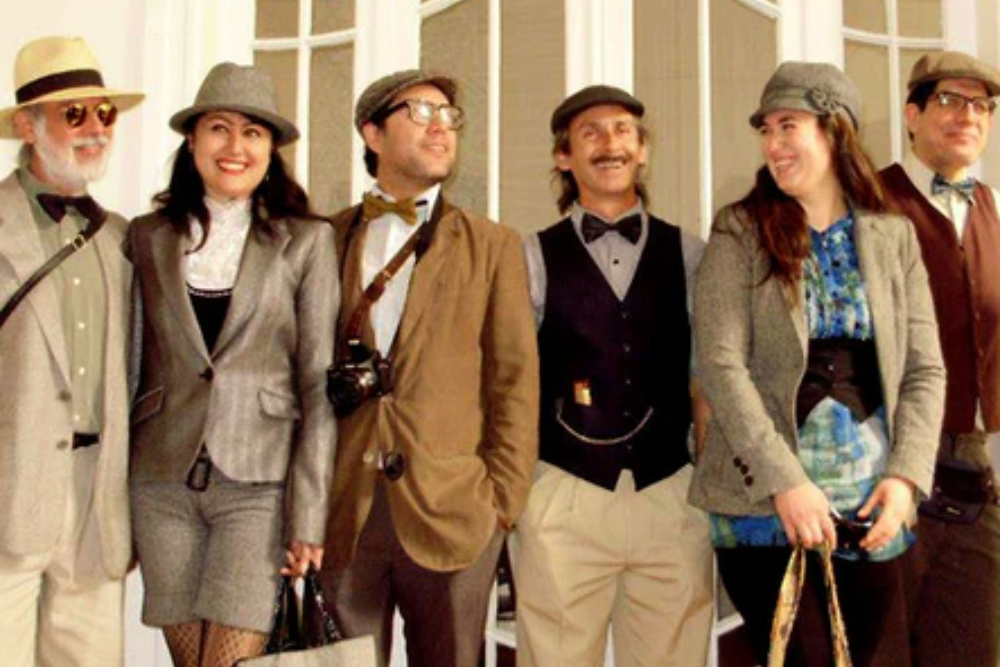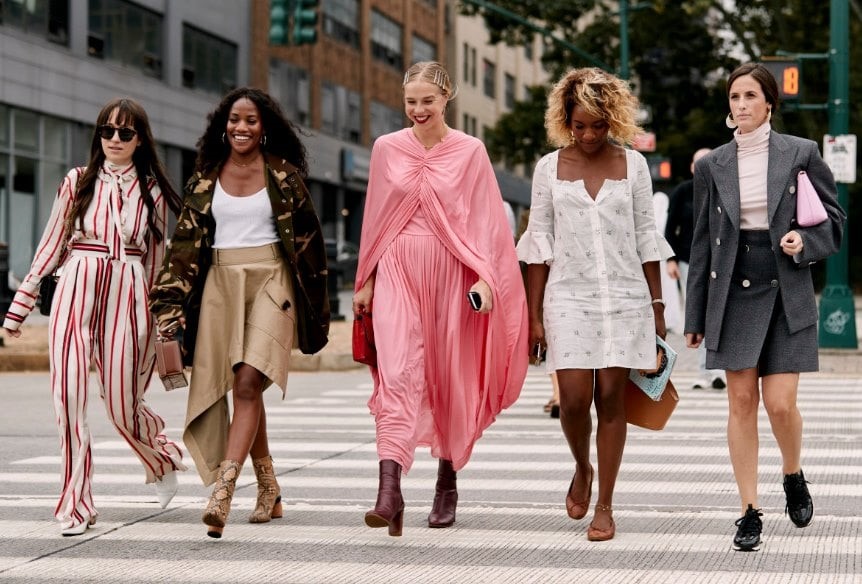Introduction
Fashion illustration is a critical component of the design process, bridging creativity and functionality. It allows designers to visualize their concepts, communicate ideas to clients or manufacturers, and experiment with shapes, colors, and textures. Whether you are an aspiring fashion designer, a seasoned professional, or an enthusiast, understanding the essential tools for fashion illustration is key to bringing your ideas to life.
- Traditional Tools for Fashion Illustration
Despite the increasing prominence of digital tools in the fashion industry, traditional materials remain an integral part of the fashion illustration process. Many professional illustrators still favor working with physical tools for the authenticity and tactile nature they provide. Let’s explore some of the key traditional tools used for fashion illustration.
Pencils and Charcoal: The Foundation of Drawing
Pencils and charcoal form the foundation of any fashion illustration, allowing for versatility in drawing lines, adding shading, and sketching details. They are ideal for artists who prefer to start their designs with a hand-drawn approach.
- Pencils: A basic set of pencils, ranging from soft (e.g., 2B or 4B) to hard (e.g., 2H), is essential for creating varying textures and details in a sketch. Softer pencils are great for shading and creating rich, deep tones, while harder pencils allow for finer lines and precision.
- Graphite pencils are particularly useful for initial sketches, allowing the illustrator to adjust proportions, refine shapes, and create depth.
- Colored pencils offer a great way to add color to sketches with precision, allowing for blending and layering of shades to achieve depth and vibrancy.
- Charcoal: Charcoal is ideal for creating dramatic effects in fashion illustrations. It allows for deep shading, smooth gradients, and bold outlines. Charcoal can be used to add contrast and depth to designs, making it an effective tool for creating mood and dimension in illustrations.
Paper: Choosing the Right Surface
The choice of paper plays an important role in the success of a fashion illustration. The texture, weight, and finish of the paper determine how well the materials will blend and how easily the drawing tools can be applied.
- Sketch Paper: Lightweight sketch paper is often used for rough drafts or initial sketches, allowing for easy erasing and adjustments. A smooth texture is preferred for pencils and fine lines, while slightly textured paper can give a more organic feel when using charcoal or markers.
- Bristol Paper: Known for its smooth surface and durability, Bristol paper is ideal for final illustrations and detailed work. It is heavy enough to handle markers and watercolor washes without warping or bleeding.
- Watercolor Paper: If your illustration includes watercolor or mixed media, watercolor paper is essential. Its thicker texture allows it to absorb liquid without buckling.
Erasers: Precision and Correction
Erasers are an indispensable tool in fashion illustration, enabling illustrators to adjust lines, soften shading, and correct mistakes. There are different types of erasers used for specific purposes:
- Kneaded Eraser: A soft, moldable eraser that is ideal for gently lifting graphite or charcoal. It can be shaped to create fine highlights or to correct large areas without damaging the paper.
- Rubber Eraser: The traditional rubber eraser is more rigid and is used to erase larger areas. It’s helpful for cleaning up lines or removing excess graphite.
- Precision Erasers: These come in fine-tip versions and are perfect for delicate, detailed work, especially when erasing small sections of a drawing without disturbing the rest of the illustration.
- Inking Tools for Fashion Illustration
Once the basic pencil or charcoal sketch is completed, inking is a vital step in the illustration process. Inking adds definition, structure, and boldness to the design, making it stand out clearly. Various inking tools allow for different line qualities, from fine, precise strokes to bold, expressive outlines.
Fineliner Pens: Clean and Sharp Lines
- Fineliner pens are widely used in fashion illustration for adding sharp, clean lines to sketches. These pens come in various sizes (e.g., 0.1mm to 0.8mm), offering a range of line thicknesses. The fine tips are ideal for detailing intricate patterns, outlining garments, and adding texture to fabrics.
- Popular brands like Micron, Staedtler, and Uni-ball offer high-quality fineliners that are waterproof and long-lasting. These pens are perfect for creating fine lines for garments and accessories.
Brush Pens: Expressive and Bold
Brush pens offer a more expressive, varied line quality. These pens combine the control of a marker with the fluidity of a brush, making them perfect for fashion illustrations that require bold, dynamic lines and subtle shading. The flexibility of the brush tip allows you to create both thin and thick lines, mimicking the effect of traditional brushes.
- Tombow Dual Brush Pens are a popular choice, offering both soft and hard tips for versatile line work. These pens are often used to add bold outlines or to shade large areas.
Ink and Dip Pens: Traditional Elegance
Some fashion illustrators prefer traditional dip pens and ink for a more classical approach. This method offers an elegant, hand-drawn look, with the ability to create a variety of line thicknesses by adjusting pressure on the pen.
- Dip pens are ideal for creating varied strokes and producing a sense of movement and energy within the sketch. The fluidity of the ink allows for more expressive strokes, especially when working with figures and garments.
- Markers and Colored Pens: Adding Color and Texture
Markers are an essential tool in fashion illustration for adding vibrant color, texture, and depth to sketches. They offer precision and boldness, with the ability to layer colors and create a rich, textured effect on garments.
Alcohol-Based Markers: Vibrant and Blendable
- Copic markers and Prismacolor markers are popular alcohol-based markers widely used in the fashion industry. These markers provide smooth color application, excellent blendability, and vibrant hues. They are ideal for rendering fabric textures and creating realistic garment colorings.
- Blending: Alcohol markers are excellent for blending colors, which is essential in fashion illustration when trying to represent different fabric textures, shadows, and highlights.
Water-Based Markers: Soft and Luminous
For a softer, more delicate finish, water-based markers can be used. They are great for creating gentle gradients or adding subtle color to fashion sketches.
- Tombow Dual Brush Pens and Winsor & Newton Watercolor Markers are examples of water-based markers that allow artists to add color while still maintaining the fluidity and texture of the garment.
Colored Pencils: Subtle Detailing
Colored pencils can add depth and detail to sketches that may not be possible with markers. They are especially useful for adding texture to clothing or creating a soft, natural shading effect.
- Prismacolor Colored Pencils are favored for their rich pigmentation and blendability. They can be layered to create intricate shading and gradients, particularly for fabric textures like velvet, silk, or wool.
- Digital Tools for Fashion Illustration
As fashion illustration has moved into the digital realm, many illustrators now rely on tablets, digital pens, and software to create and refine their designs. Digital tools offer the advantage of efficiency, precision, and the ability to make quick edits.
Digital Tablets: Precision and Flexibility
Digital tablets allow fashion illustrators to draw directly into digital design software, creating high-quality illustrations with the precision of traditional methods. The most common digital tablets include:
- Wacom Tablets: Known for their pressure-sensitive pens and high-quality drawing surface, Wacom tablets are a top choice for fashion illustrators. The Wacom Cintiq offers a screen for drawing directly on the surface, while the Wacom Intuos Pro is more portable and offers a non-screen experience.
- iPad Pro with Apple Pencil: Many illustrators now use the iPad Pro and Apple Pencil for creating digital fashion sketches. The iPad offers a portable, intuitive platform for fashion illustration, while the Apple Pencil provides precise control for line work and shading.
Fashion Illustration Software: From Sketch to Final Design
Once you have your digital tablet, it’s essential to choose the right software to create and refine your illustrations. Popular software for fashion illustration includes:
- Adobe Illustrator: Known for its vector graphics, Adobe Illustrator is perfect for creating scalable illustrations and precise lines. It allows for easy manipulation of color, layers, and patterns, making it a favorite among fashion designers.
- Adobe Photoshop: A powerful tool for fashion illustration, Adobe Photoshop is ideal for detailed work, blending, and texture. It supports raster-based graphics, allowing for a more painterly effect that mimics traditional techniques.
- CorelDRAW: Another vector-based software, CorelDRAW offers similar tools to Adobe Illustrator and is used for high-quality fashion illustrations, particularly for textile design and pattern work.
- Procreate: A popular app for the iPad, Procreate is perfect for digital sketching, offering a variety of brushes, textures, and blending options that replicate traditional drawing tools.

